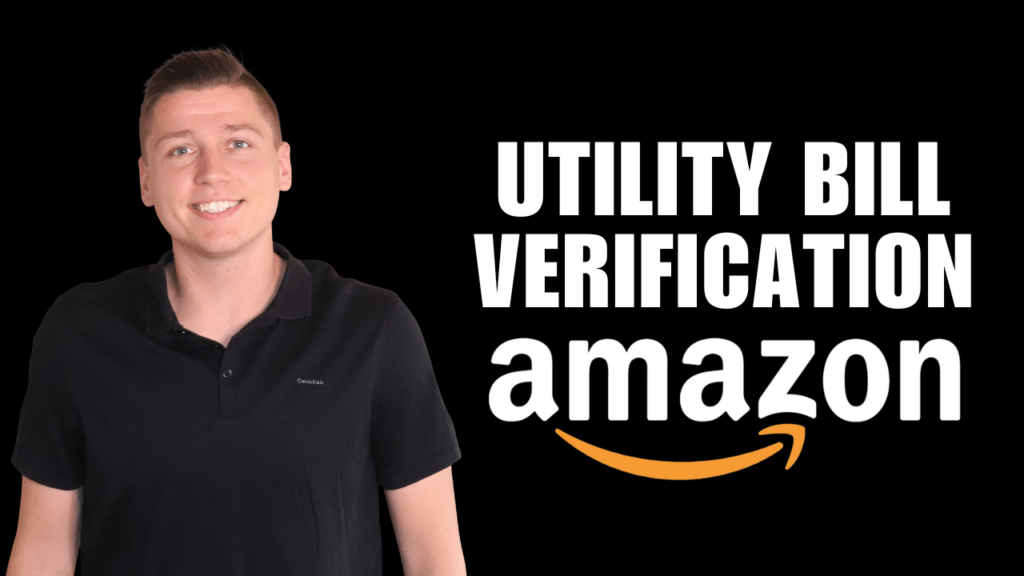One of the things I’m constantly talking to my clients about is profit margin. Ya don’t want to spend all that time and money on research and not keep your eye on profit.
Calculate Profit Margin Before Contacting Suppliers
Before you spend a lot of time getting supplier costs, you want to run an initial profit margin calculation. Before doing anything else, you need to know if the product you’re considering even has the potential for a good profit margin.
What Net Margins You’re Aiming For
You want to be between 50 to 80% net margins before even starting to look at suppliers and getting quotes. If you run an initial profit margin calculation and it’s below those numbers, don’t go with the product. Because if you have a 20 or 30% margin before you even go buy the product, you know that that’s not going to be profitable.
Three Kinds Of Amazon Fees To Calculate
At this stage of calculation, the main thing for you to understand is what you can expect your Amazon Fees to be. There are three types of Amazon fees that you have to understand and calculate for.
- Amazon Referral Fees: The referral fee is a fee Amazon charges you every time you sell a product. Think of it as a commission you pay to get to use Amazon’s huge customer base. It is a percentage of the total sales price and is usually 15%. But I recommend you get used to going into Seller Central to double-check this percentage. Some products have different percentages, and Amazon changes things. So be sure of the percentage for your calculation.
- Amazon FBA Fees: The FBA fulfillment fee is a per-unit fee Amazon charges to fulfill items your customers purchase in the Amazon store. Think of this as the cost you pay for them to do all the hard work of filling your customer’s order. The fee varies depending on an item’s category, size and weight. It’s sometimes referred to as the “pick and pack” fee. So, this is where the size and weight of your item can have a big impact on your profit margin.
- Amazon Storage Fees: Amazon charges two types of storage fees for your products stored in a fulfillment center: a monthly storage fee, and a long-term storage fee. The fees change based on calendar month and your daily average volume of inventory. If you don’t understand how these are calculated, you could be surprised to find your whole profit margin eaten up by storage fees.
Two Ways To Calculate Profit Margin
- You can go to Amazon’s profit calculator and use it.
- Or, you can download my version in my Amazon Winners Academy program and watch a short video where I show you how to use it.
This gives you a good starting point estimation of what your profit margin can be before you start talking to suppliers. You may also consider some opportunities in these calculations where you could increase profit margin such as:
- What kind of price you would have to get from your supplier to increase your profit margin?How you might change the size of your product to lower fulfillment and storage costs.
- In my Amazon Winners Academy program, I go into great depth on both the initial profit margin calculation, and even more specific advanced profit margin calculations.
Book a 1:1 call with me to talk about whether you’d be a good fit for my program, Amazon Winners Academy. I’ll be excited to talk with you.


